

Articles
How Select Compressor For Hand Tools
Modified: December 7, 2023
Looking for articles on how to select the right compressor for your hand tools? Check out our informative guides and expert tips to make the best choice.
(Many of the links in this article redirect to a specific reviewed product. Your purchase of these products through affiliate links helps to generate commission for Storables.com, at no extra cost. Learn more)
Introduction
When it comes to using hand tools, having a reliable and efficient compressor is essential. A compressor provides the power and pressure needed to operate pneumatic hand tools, making tasks easier and more efficient. However, with a wide range of compressors available on the market, selecting the right one for your hand tools can be a daunting task.
In this article, we will explore the various factors that should be considered when selecting a compressor for hand tools. By understanding these factors, you can make an informed decision and choose a compressor that best meets your needs.
Let’s dive into the key factors to consider:
Key Takeaways:
- Selecting the right compressor for hand tools involves considering factors such as power source, air pressure, tank size, portability, noise level, and maintenance. By understanding these elements, you can ensure optimal performance and longevity for your tools.
- When choosing a compressor, prioritize your specific needs and preferences, and conduct thorough research. Investing in the right compressor will enhance the efficiency and productivity of your hand tools, making your work easier and more enjoyable.
Read more: How To Hand Form Body Panels With Hand Tools
Factors to Consider when Selecting a Compressor for Hand Tools
1. Power Source: The power source of the compressor is an important consideration. Compressors can be powered by electricity, gasoline, or diesel. Electric compressors are the most common choice for most applications due to their accessibility and ease of use. However, if you work in remote areas or need a compressor for outdoor projects, a gasoline or diesel-powered compressor may be more suitable.
2. Air Pressure and Flow: The air pressure and flow requirement of your hand tools will determine the specifications of the compressor you need. Each hand tool has a specific operating pressure and airflow requirement, which should be matched by the compressor. Ensure that the compressor you choose can deliver the necessary pressure and airflow consistently.
3. Tank Size: The size of the compressor tank affects its performance and efficiency. A larger tank capacity allows for the storage of more compressed air, reducing the frequency of refills and providing a more continuous flow of air to the hand tools. However, larger tanks are typically bulkier and less portable. Consider the trade-off between tank size and portability based on your specific needs.
4. Portability and Size: Depending on your work environment and the nature of your projects, portability may be a crucial factor. If you need to move the compressor frequently or work in tight spaces, a compact and lightweight compressor is ideal. On the other hand, if the compressor is designated for a fixed workspace, a larger, stationary model may be more suitable.
5. Noise Level: Compressors can generate significant noise during operation, which can be a concern, especially in indoor or noise-sensitive environments. Look for a compressor with a lower noise decibel level to minimize disturbances and ensure a more comfortable working environment. Some compressors also come with noise-reduction features or insulation.
6. Maintenance Requirements: Regular maintenance is necessary to keep the compressor in optimal condition and prolong its lifespan. Consider the maintenance requirements of different compressors, including oil changes, filter replacements, and overall system upkeep. Opt for a compressor that offers ease of maintenance and has readily available spare parts.
By considering these factors, you can narrow down your options and find a compressor that perfectly suits your hand tool requirements. Remember, investing in a high-quality compressor will not only enhance the performance of your hand tools but also ensure their longevity.
Next, we will discuss specific hand tool requirements and the suitable compressor specifications for each tool category.
Power Source
When selecting a compressor for hand tools, the power source is a crucial factor to consider. Compressors can be powered by electricity, gasoline, or diesel, each with its own advantages and considerations.
Electric Compressors: Electric compressors are the most common type and are widely used in various applications. They are preferred for their convenience, ease of use, and availability of power sources. Electric compressors are suitable for indoor use or projects near a power outlet. They are generally quieter in operation compared to gasoline or diesel models.
Gasoline Compressors: Gasoline-powered compressors are commonly used in outdoor environments or remote locations where electricity may not be readily available. They provide portability and are suitable for applications such as construction sites, outdoor events, and automotive repair. However, they can be noisier and require regular refueling.
Diesel Compressors: Diesel compressors are similar to gasoline compressors in terms of their power source and portability. They are specifically designed for heavy-duty use and are often found on construction sites, mining operations, and other industrial applications. Diesel compressors offer long run times and high reliability, but they can be larger and more cumbersome.
When deciding on the power source for your compressor, consider the availability of the power source in your work area, as well as the specific requirements of your hand tools. Electric compressors are generally suitable for most applications, while gasoline or diesel compressors are better suited for outdoor or remote work environments.
It is also important to consider the maintenance requirements and costs associated with each power source. Electric compressors typically have lower maintenance needs, while gasoline and diesel compressors require regular servicing, including fuel and oil changes.
Overall, the power source you choose for your compressor will depend on factors such as portability requirements, availability of power sources, and the nature of your projects. By carefully considering these factors, you can select the right power source that best fits your needs and ensures optimal performance for your hand tools.
Air Pressure and Flow
When selecting a compressor for hand tools, it is crucial to consider the air pressure and flow requirements of your tools. Each hand tool has specific operating parameters, including the required air pressure and airflow.
Air Pressure: Air pressure is measured in pounds per square inch (psi) and determines the force with which the compressed air is delivered to the hand tools. Different tools have varying pressure requirements. For example, a nail gun may require a lower pressure of around 70-90 psi, while a spray gun for painting may require a higher pressure of 30-50 psi.
It is essential to choose a compressor that can consistently deliver the required air pressure for your specific tools. Consider the maximum pressure output of the compressor and ensure it matches or exceeds the highest pressure requirement of your hand tools. Having the right air pressure will ensure proper tool operation and prevent damage or inefficiencies.
Airflow: Airflow refers to the volume or rate of compressed air that the compressor can deliver to the hand tools. It is measured in cubic feet per minute (cfm). Different tools have different airflow requirements depending on their size and usage.
When selecting a compressor, it is important to consider the airflow needs of your hand tools. The compressor should have sufficient airflow capacity to meet the requirements of the tools you will be using. If the compressor cannot deliver enough airflow, the tools may not operate at their optimal performance.
In addition to considering the air pressure and airflow requirements of your hand tools, it is essential to account for any potential future tool additions or upgrades. If you plan to expand your tool collection or have room for future growth, choose a compressor that can accommodate higher pressure and airflow requirements.
It is recommended to consult the manufacturer’s specifications or consult with an expert to determine the appropriate air pressure and airflow for your specific hand tools. By selecting a compressor that can meet these requirements, you will ensure efficient and reliable operation of your tools, leading to better productivity and quality of work.
Tank Size
When selecting a compressor for hand tools, one important factor to consider is the size of the compressor tank. The tank size plays a crucial role in the performance and efficiency of the compressor.
A larger tank size allows for more compressed air to be stored, providing a reserve for continuous operation of hand tools. This is particularly beneficial for tools that require a steady flow of air, such as spray guns or sanders. With a larger tank, the compressor will have a longer runtime before it needs to refill, reducing the downtime and interruption during work.
However, it’s important to balance the tank size with portability. Larger tanks tend to be bulkier and heavier, which can make the compressor less portable, especially if you need to frequently move it between job sites. Consider the size and weight of the compressor, as well as your ability to transport it comfortably.
In addition, assess the specific needs of your hand tools. Some tools require a constant and high-volume supply of compressed air, while others may require short bursts of air. For tools that require continuous operation, a larger tank size is favorable. On the other hand, tools that require intermittent use can function well with a smaller tank.
As a general rule, a tank size between 20 to 30 gallons is sufficient for most household or light-duty applications. For heavy-duty or industrial use, larger tanks exceeding 30 gallons may be necessary to meet the demands of the tools and tasks.
Ultimately, the appropriate tank size will depend on the nature of your projects, the type of hand tools you use, and the level of portability required. Strike a balance between tank size and portability to ensure that the compressor can meet the air demand of your tools while being suitable for your work environment.
It is recommended to consult the manufacturer’s specifications and customer reviews to gain insight into the performance and efficiency of the compressor’s tank size. This will help you make an informed decision and select a compressor that matches your hand tool requirements.
When selecting a compressor for hand tools, consider the required air pressure and volume for your tools. Choose a compressor with a higher CFM (cubic feet per minute) rating than your tools require to ensure optimal performance.
Read more: How To Organize Hand Tools
Portability and Size
Portability and size are important factors to consider when selecting a compressor for hand tools, as they impact the ease of transportation and the versatility of the compressor.
Portability is particularly crucial if you regularly move between job sites or work in confined spaces where maneuverability is limited. A portable compressor allows you to easily transport it to different locations without requiring much effort. Look for features such as carrying handles, wheels, and compact designs that facilitate easy movement.
The size of the compressor also plays a role in its portability. Smaller compressors are generally lighter and more compact, making them easier to carry or fit into tight spaces. However, keep in mind that smaller compressors may have limitations in terms of tank size and airflow capacity.
Consider your specific work environment and the type of projects you undertake. If you frequently work on construction sites or in areas with limited space, a smaller, portable compressor may be the best choice. On the other hand, if you have a dedicated workshop or a larger workspace, a larger, stationary compressor may suit your needs.
It is also essential to consider the power source when evaluating the portability of a compressor. Electric compressors are typically more portable due to the availability of power outlets, while gasoline or diesel-powered compressors offer greater versatility in terms of remote work locations.
Another factor to consider regarding size is the storage space available. If you have limited storage space, a compact compressor that can be easily stored in a garage or shed may be more practical.
Ultimately, the portability and size of the compressor depend on your specific requirements and preferences. Assess your needs in terms of portability, available space, and the demands of your projects to choose a compressor that strikes the right balance between mobility, size, and functionality.
Research customer reviews and product specifications to gauge the portability and size of different compressors. Consider not only the weight and dimensions but also the design features that enhance portability, such as built-in handles or wheels.
By selecting a compressor that aligns with your portability needs, you can ensure that your hand tools are always supported with an accessible and transportable source of compressed air.
Noise Level
When selecting a compressor for hand tools, considering the noise level is essential, especially if you work in noise-sensitive environments or if excessive noise is a concern.
Compressors generate noise during operation, and the noise level can vary significantly depending on the model and design. Excessive noise can be disruptive, cause distractions, and even violate local noise regulations in certain areas.
When evaluating the noise level of a compressor, look for the manufacturer’s specifications regarding decibel (dB) ratings. It is important to note that noise levels are measured on a logarithmic scale, where a small increase in dB can represent a significant increase in perceived noise.
Consider the noise tolerance of your work environment and the regulations that may apply. If you work in a residential area or an indoor setting, choosing a compressor with a lower noise level is critical to maintain a comfortable and less disruptive work environment. Some compressors come with noise reduction features such as insulated compartments or rubberized feet to minimize vibrations and noise transmission.
It is also important to ensure that the noise level does not compromise the safety of the workspace. Excessive noise can interfere with communication, leading to potential misunderstandings and safety hazards. By choosing a quieter compressor, you improve communication and promote a safer working environment.
When comparing compressors, consider not just the noise level, but also the overall functionality and performance. A balance must be struck between noise reduction and the compressor’s ability to meet your air pressure and flow requirements.
Customer reviews and recommendations can provide valuable insight into the noise level and overall user experience of different compressors. Look for feedback from individuals who have used the compressor in similar work situations to get a better understanding of its noise output.
By paying attention to the noise level and selecting a compressor that aligns with your noise tolerance and environmental considerations, you create a more pleasant and productive work environment for yourself and those around you.
Maintenance Requirements
When selecting a compressor for hand tools, it is important to consider the maintenance requirements to ensure its longevity and optimal performance. Different compressors have varying maintenance needs, including regular servicing, oil changes, and filter replacements.
Regular maintenance helps prevent breakdowns, extends the lifespan of the compressor, and ensures that it operates at its peak efficiency. Neglecting maintenance can lead to decreased performance, increased energy consumption, and costly repairs.
Before making a decision, consider the following maintenance aspects:
Oil Changes: Some compressors require regular oil changes to maintain optimum performance. Oil-lubricated compressors generally require more frequent oil changes compared to oil-free models. Regularly changing the compressor oil helps prevent build-up of contaminants and keeps the internal components properly lubricated.
Filter Replacements: Compressor filters play a crucial role in maintaining air quality and preventing damage to internal components. Dust, debris, and moisture can accumulate in the filters, causing them to clog over time. Regularly replacing the filters ensures optimal air flow, reduces stress on the compressor, and improves overall performance.
System Upkeep: Compressors may require general upkeep such as checking for worn-out hoses or fittings, ensuring proper belt tension, and inspecting for air leaks. Regularly inspecting the compressor system helps identify potential issues before they escalate and ensures uninterrupted operation.
It is also important to consider the availability and cost of spare parts and service providers for the compressor you choose. Opt for a compressor that has readily available spare parts and a well-established network of service providers to facilitate easy maintenance and repairs.
Consult the manufacturer’s guidelines and user manual for specific maintenance recommendations and intervals. Following the manufacturer’s recommended maintenance schedule will help keep your compressor in good working condition for years to come.
When researching compressors, consider customer reviews and feedback regarding the maintenance requirements of different models. Feedback from users who have used the compressor for an extended period can provide valuable insight into its performance and maintenance needs.
By choosing a compressor with manageable maintenance requirements and staying committed to regular upkeep, you can ensure the longevity and reliable performance of your compressor, ultimately maximizing the efficiency and effectiveness of your hand tools.
Conclusion
When selecting a compressor for hand tools, it is crucial to consider several factors to ensure that you make the right choice for your specific needs. By taking into account factors such as power source, air pressure and flow, tank size, portability and size, noise level, and maintenance requirements, you can find a compressor that meets your hand tool requirements while providing optimal performance and longevity.
Choosing the right power source, whether it’s electric, gasoline, or diesel, is essential to ensure accessibility and availability of power for your work environment. Matching the air pressure and flow requirements of your hand tools with the capabilities of the compressor ensures efficient and reliable operation.
The size of the compressor tank should be balanced with portability, considering factors such as available storage space and the need for continuous operation without frequent refills.
Portability and size play a significant role in maneuverability and versatility, so choose a compressor that can be easily transported or fits into your workspace efficiently.
Consider the noise level of the compressor, especially if you work in noise-sensitive environments or if excessive noise can be a disturbance. Selecting a compressor with lower noise output improves the comfort and safety of your work environment.
Maintenance requirements should not be overlooked, as regular maintenance is essential to prolong the lifespan and maintain the performance of your compressor. Consider factors such as oil changes, filter replacements, and overall system upkeep to ensure optimal operation.
In conclusion, by taking into account these factors and conducting thorough research, you can select a compressor that meets your hand tool requirements while providing reliable performance, portability, and longevity. Remember to prioritize your specific needs and preferences when making a decision, and always consult manufacturer guidelines and customer reviews for additional insights.
Investing in the right compressor will enhance the efficiency and productivity of your hand tools, making your work easier and more enjoyable.
Frequently Asked Questions about How Select Compressor For Hand Tools
Was this page helpful?
At Storables.com, we guarantee accurate and reliable information. Our content, validated by Expert Board Contributors, is crafted following stringent Editorial Policies. We're committed to providing you with well-researched, expert-backed insights for all your informational needs.
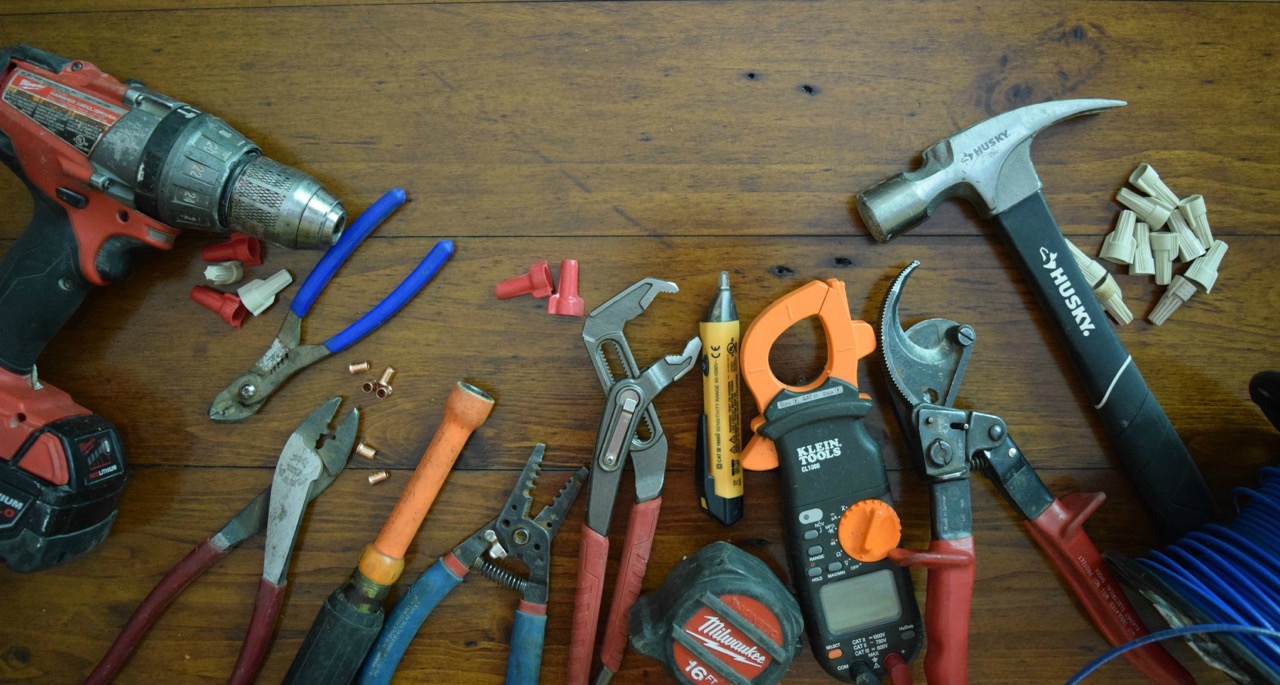
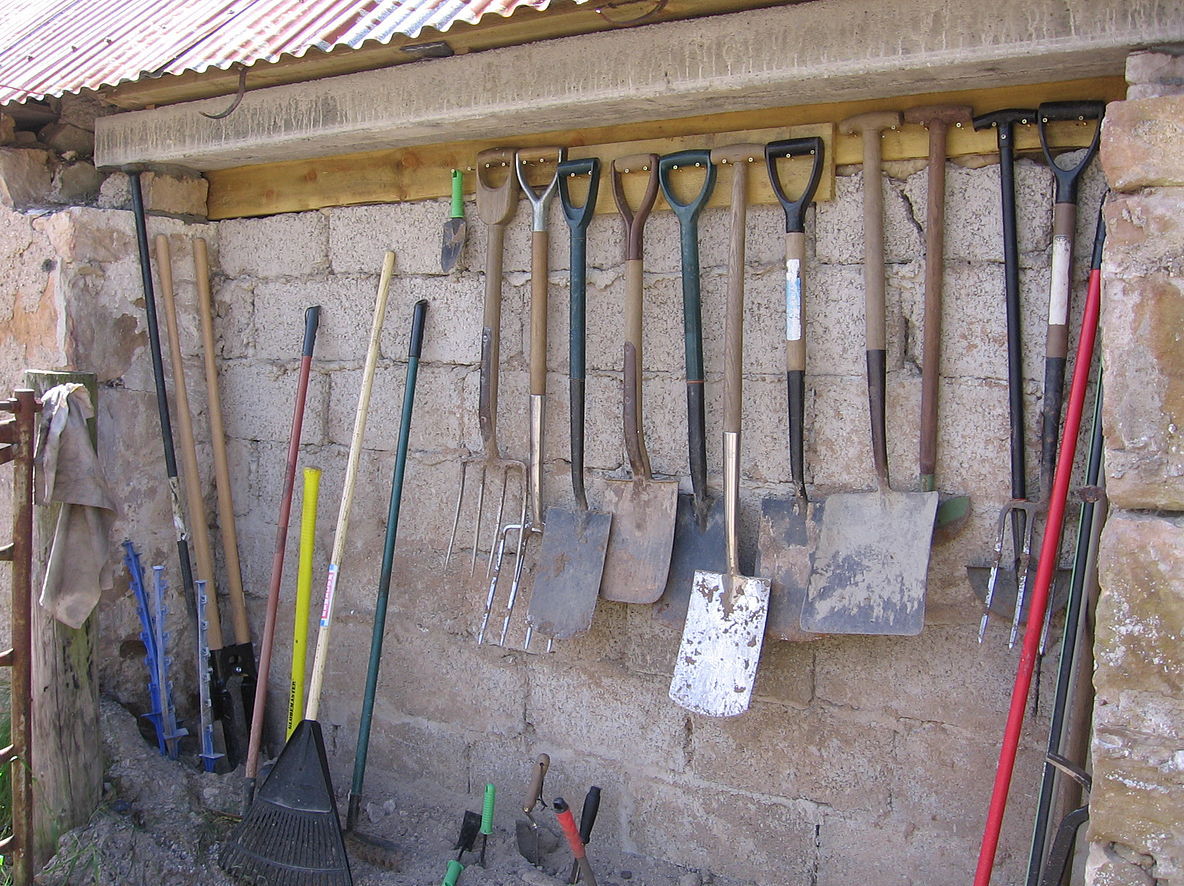

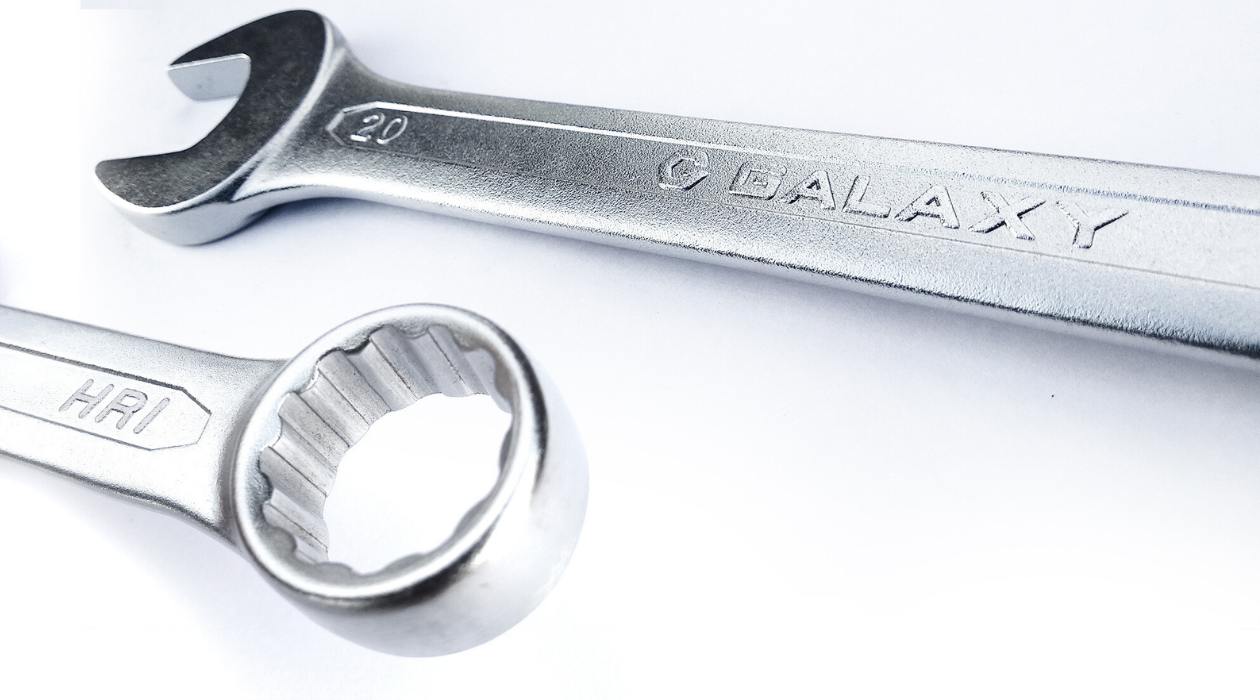

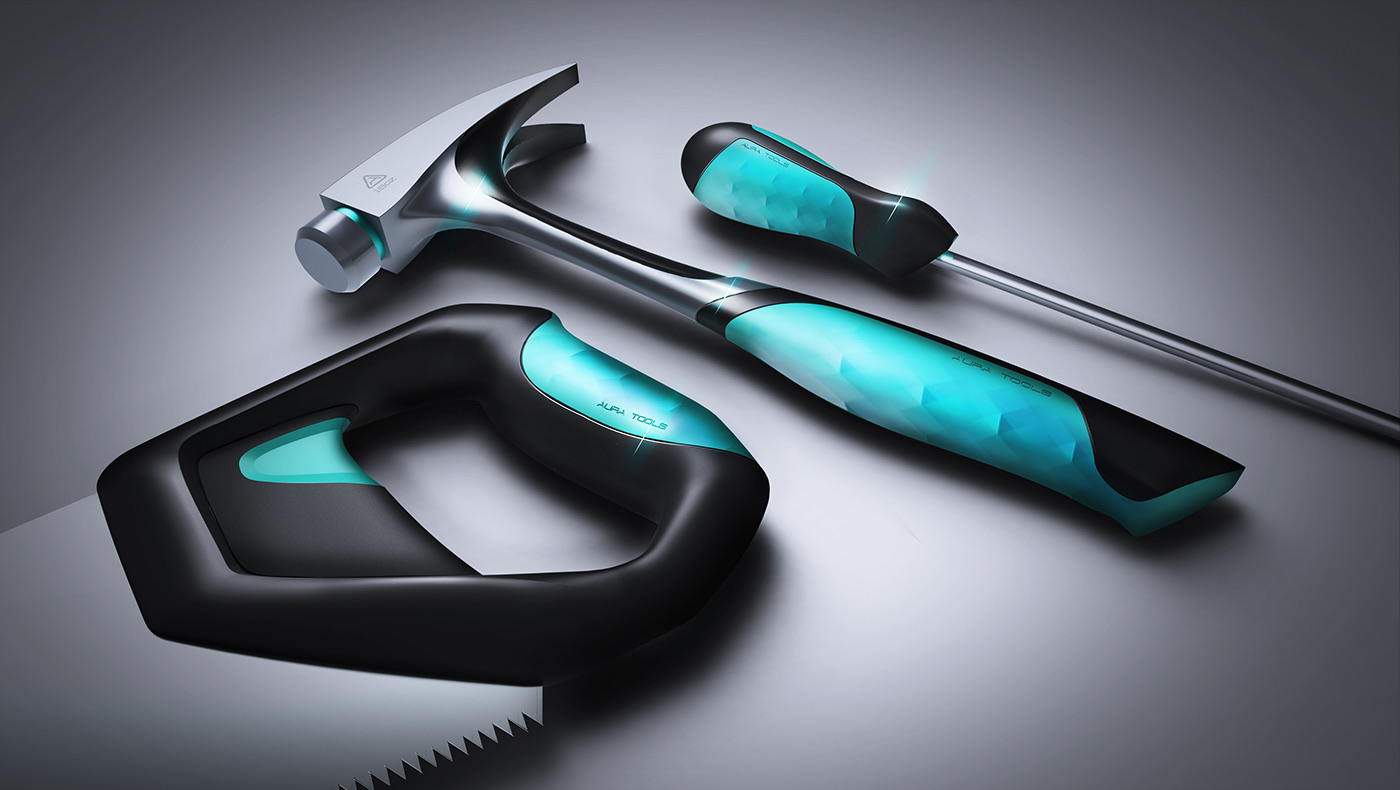

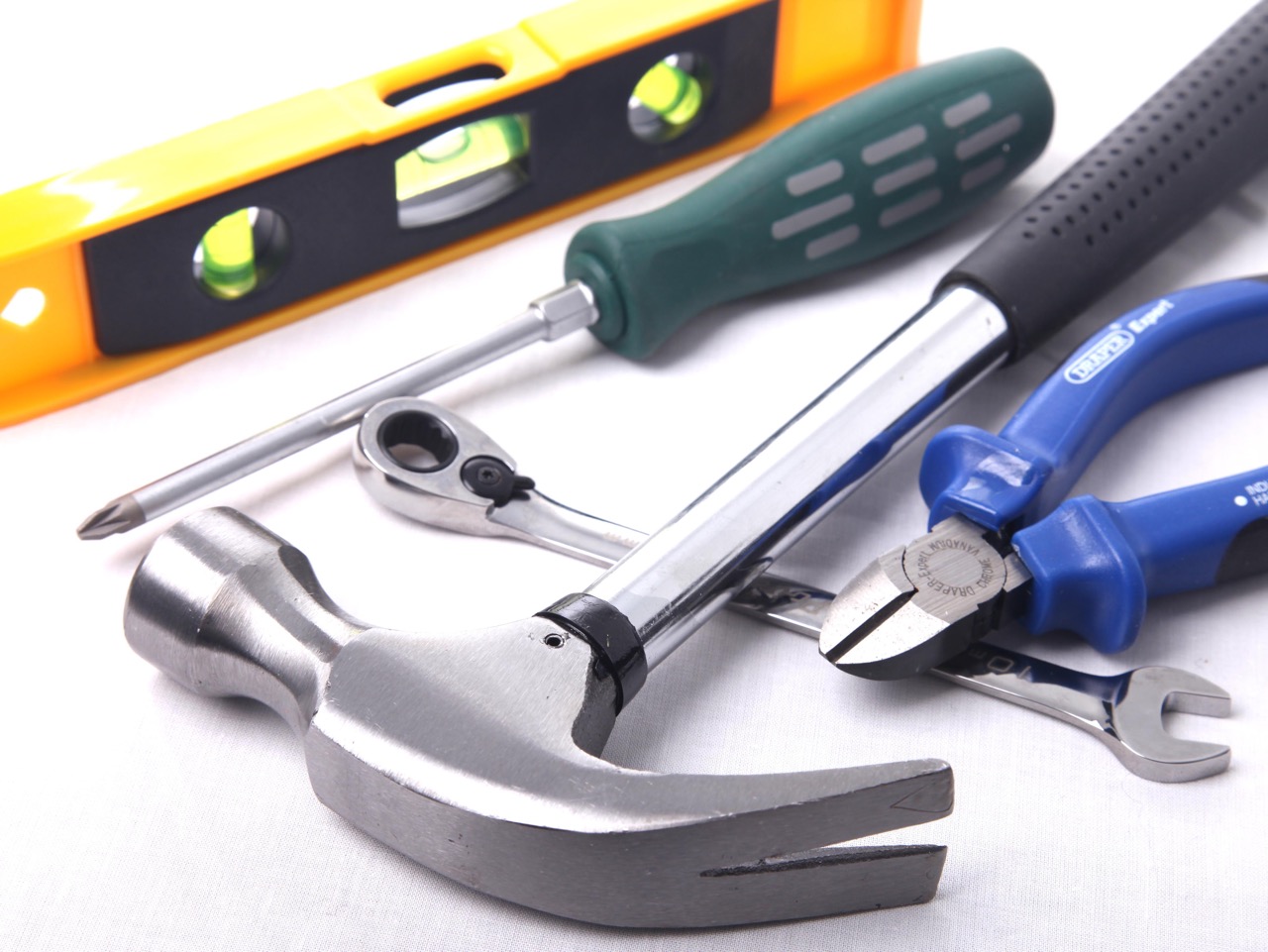
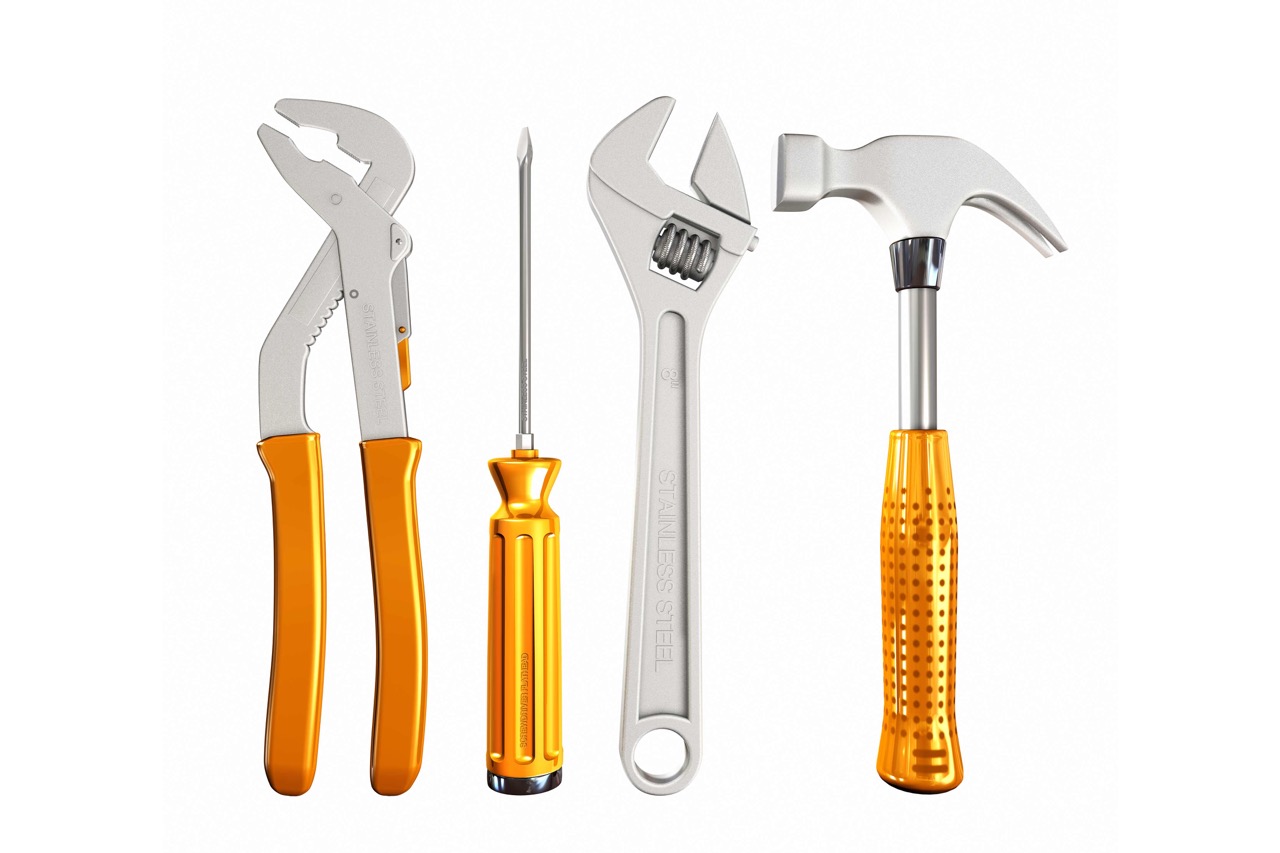



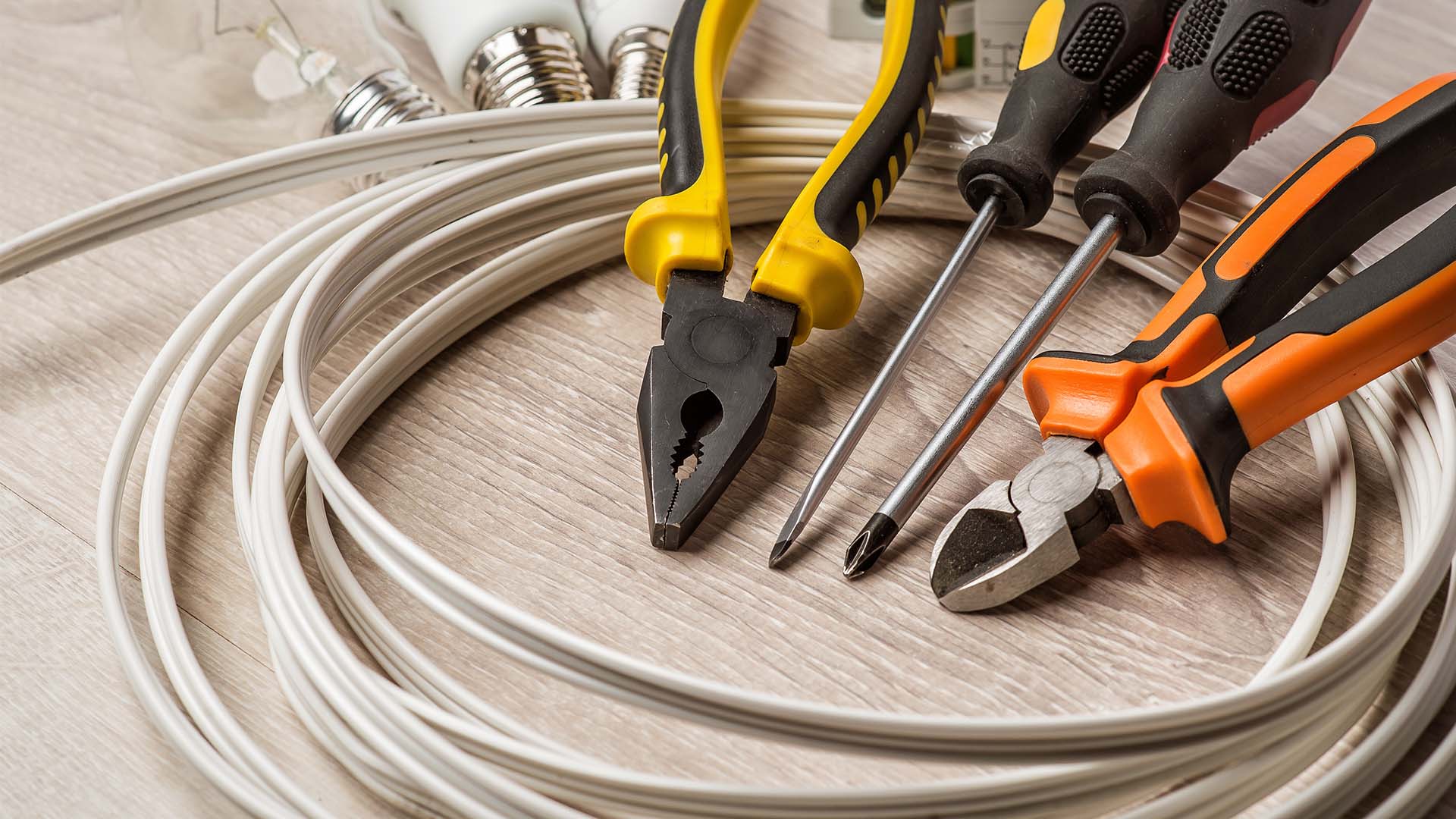
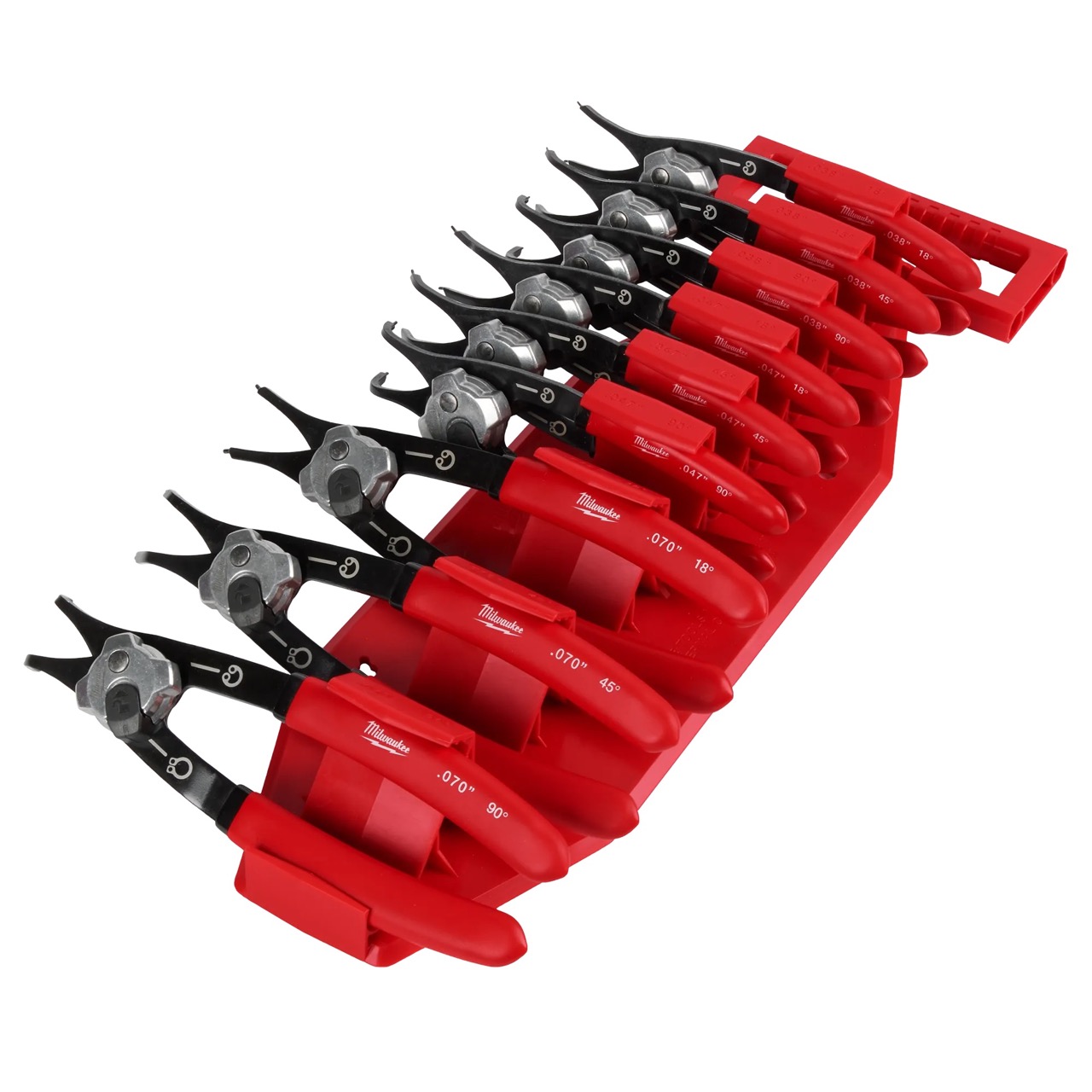

0 thoughts on “How Select Compressor For Hand Tools”